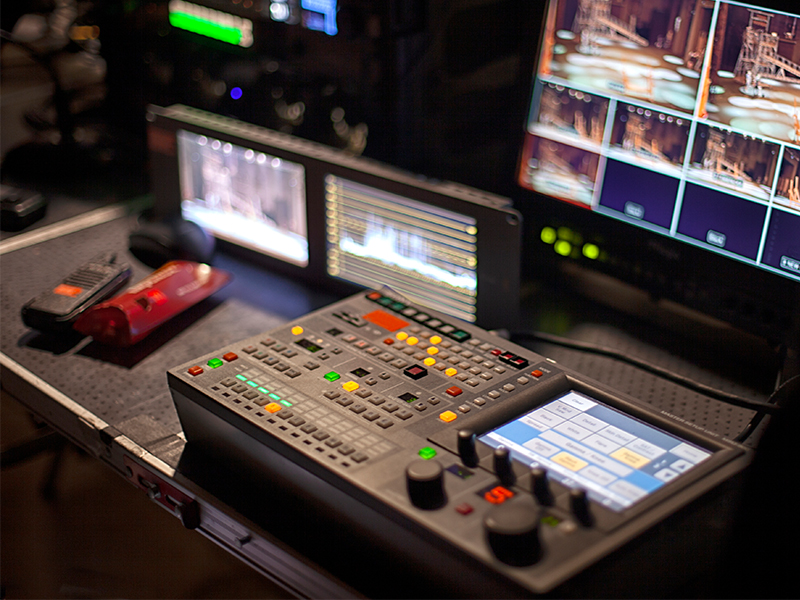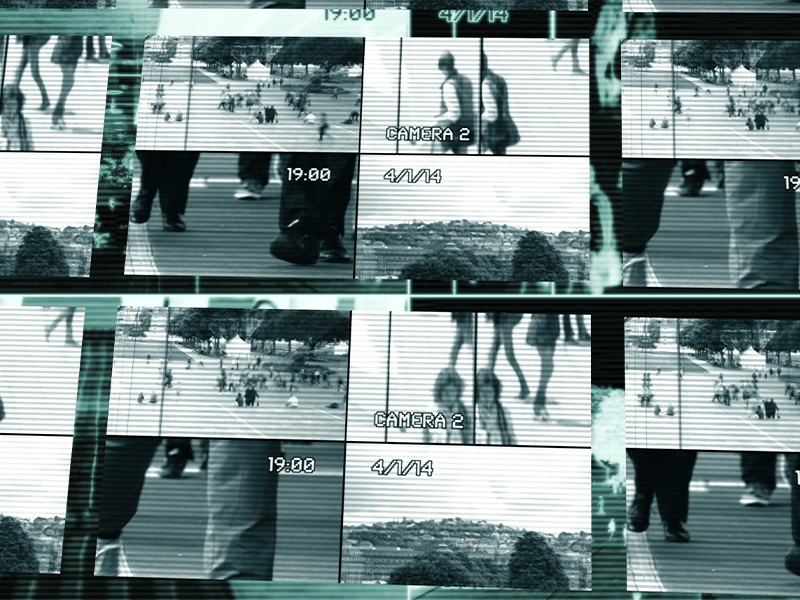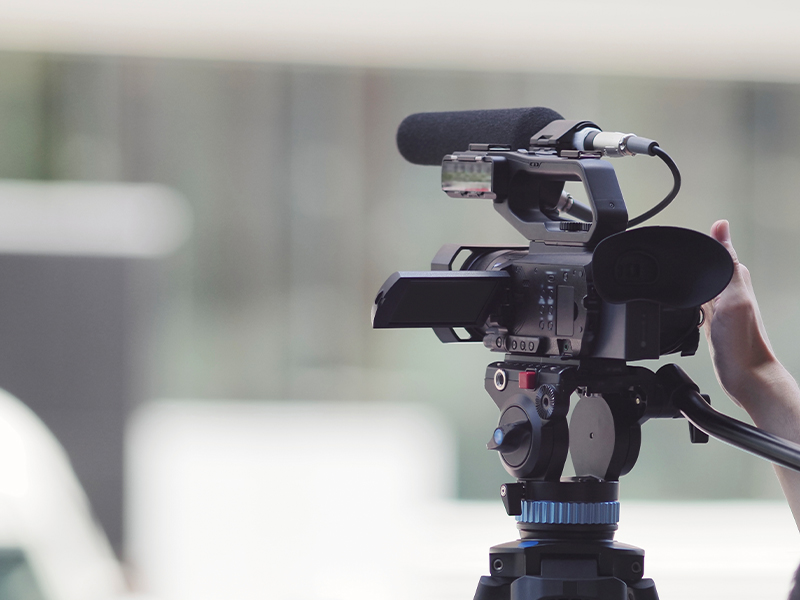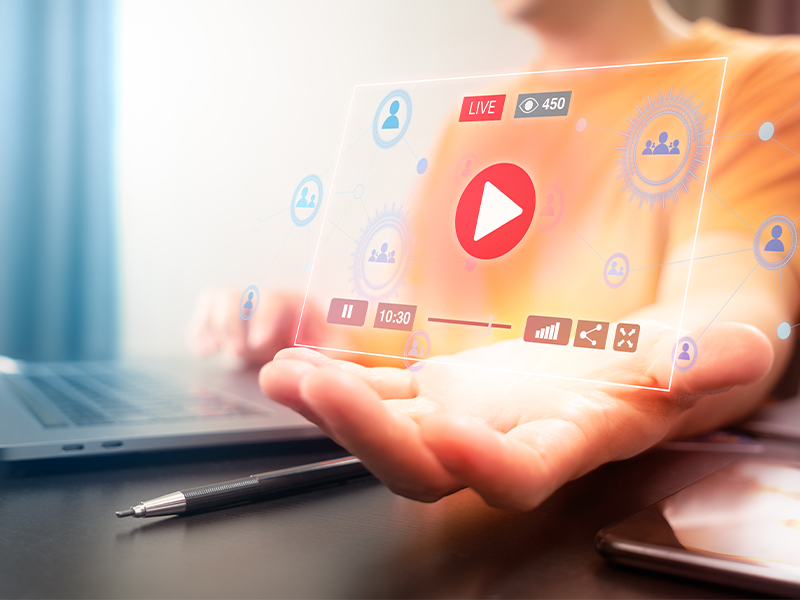The legal landscape has evolved significantly in recent years, and with this evolution comes a greater recognition of the power of audiovisual evidence in enhancing trial presentations. In the contemporary courtroom, the integration of multimedia elements has become more than just a trend – it is now an essential component of persuasive legal advocacy. This article delves into the ways in which audiovisual evidence can transform trial presentations, offering a nuanced understanding of its benefits and how legal professionals can leverage this tool effectively.
The Persuasive Power of Visuals
Humans are inherently visual beings, and this fact is especially relevant in a legal setting. When it comes to presenting complex information, such as intricate timelines, crime scene reconstructions, or expert analyses, audiovisual evidence offers a distinct advantage. Visuals have a compelling impact on memory retention and understanding, making them an invaluable asset in legal advocacy.
Incorporating audiovisual elements into trial presentations is not merely about aesthetics; it’s about creating a dynamic and immersive experience for the judge and jury. By engaging multiple senses, visual and auditory evidence can significantly enhance the clarity and impact of the information being presented.
Creating a Seamless Narrative
One of the key strengths of audiovisual evidence is its ability to weave together a seamless narrative. Legal professionals can use videos, animations, and other multimedia elements to present a cohesive story that connects disparate pieces of evidence into a compelling whole. This narrative approach can be particularly effective in complex cases where chronological order and cause-and-effect relationships are crucial for a complete understanding.
For instance, in a personal injury case, an attorney could use surveillance footage, medical animations, and expert testimonials to craft a visual timeline that vividly illustrates the sequence of events leading to the injury. This not only simplifies complex details for the audience but also helps in establishing a persuasive argument that aligns with the legal strategy.
Enhancing Witness Testimonies
Witness testimonies are a cornerstone of trial proceedings, and the impact of these testimonies can be significantly amplified through the use of audiovisual evidence. By incorporating video depositions or recorded interviews, legal professionals can present witness statements with added depth and authenticity. This approach not only allows the judge and jury to see and hear the witness but also captures non-verbal cues and nuances that may be lost in a written transcript.
Additionally, technology has enabled the creation of virtual courtroom reconstructions, where witnesses can interact with 3D models or simulations to provide a more accurate representation of events. This innovative use of audiovisual evidence not only aids in witness credibility but also provides a more immersive experience for the fact-finders in the courtroom.
Increasing Juror Engagement
Juror engagement is a critical factor in the success of any trial presentation. In an era where attention spans are constantly challenged, audiovisual evidence serves as a powerful tool to captivate and maintain the interest of the jury. Compelling visuals, well-edited videos, and clear animations can break through the monotony of traditional legal proceedings, making the information more accessible and memorable.
Moreover, the use of audiovisual elements allows legal professionals to cater to different learning styles. While some jurors may be more visually oriented, others may respond better to auditory stimuli. A well-crafted presentation that combines both elements can appeal to a broader range of juror preferences, increasing the overall effectiveness of the advocacy.
Addressing Complex Data and Expert Analyses
In cases involving complex data, scientific evidence, or expert analyses, audiovisual evidence becomes an indispensable tool for simplification and comprehension. Infographics, charts, and animations can distill intricate information into visually digestible formats, allowing both legal professionals and fact-finders to grasp complex concepts more easily.
Expert witnesses can also benefit from the integration of audiovisual elements into their presentations. Whether it’s a medical professional explaining a surgical procedure or a forensic scientist detailing the results of a DNA analysis, visual aids can enhance the expert’s testimony, making it more accessible and persuasive.
Effective Use of Technology
The effective use of technology is paramount in maximizing the impact of audiovisual evidence in trial presentations. Legal professionals should invest in state-of-the-art equipment, engage skilled technicians, and stay abreast of the latest advancements in audiovisual technology. From high-definition displays in the courtroom to interactive touchscreens for evidence presentation, the tools available are diverse and continually evolving.
Moreover, legal teams should collaborate with experienced multimedia specialists or consultants who can assist in creating compelling audiovisual presentations. These professionals bring expertise in storytelling, design, and technology integration, ensuring that the visual elements complement and reinforce the legal arguments.
In conclusion, the integration of audiovisual evidence into trial presentations represents a paradigm shift in the way legal professionals advocate for their clients. Beyond the aesthetic appeal, audiovisual elements have the power to simplify complex information, enhance witness testimonies, and create a more engaging courtroom experience. As technology continues to advance, the legal field must adapt, embracing the opportunities presented by audiovisual evidence to elevate the quality and impact of trial presentations. Legal professionals who strategically leverage audiovisual elements stand to not only enhance their persuasive capabilities but also to set a new standard for effective and compelling advocacy in the modern courtroom.





